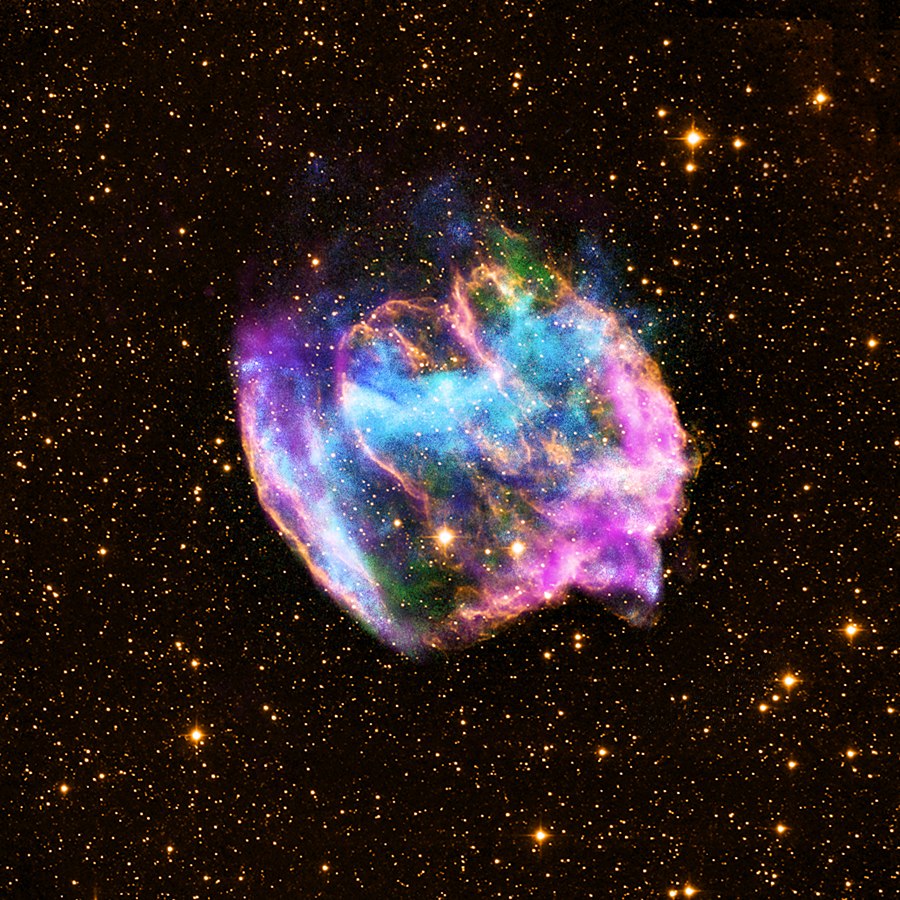CEA News, April 2019
Sifting star-dust from the primordial Universe
Members of the CEA group in Durham have recently published results from the their work sifting the Universe for the star-dust released from the very first generation of stars. Little is known of these first stars to be produced from the barren early Universe. They must have formed in an environment consisting of only hydrogen, helium, and trace amounts of lithium however, as elements heavier than lithium can only be forged within the cores of the stars. Such heavy elements would only be dispersed once the first stars ended their lives as supernovae explosions, something that would alter the process of all subsequent generations of star formation.
 Image credit: X-ray: NASA/CXC/MIT/L.Lopez et al.; Infrared: Palomar; Radio: NSF/NRAO/VLA
Image credit: X-ray: NASA/CXC/MIT/L.Lopez et al.; Infrared: Palomar; Radio: NSF/NRAO/VLA
The new work presents the development of a new model used to investigate how these first episodes of chemical enrichment scattered elements in massive gas clouds (known as damped lyman- alpha systems or DLAs) with the hopes of detecting the unique chemical signature of the first stars. The model takes into account the potential distribution of masses of the first stars and the typical explosion energy of their supernovae, whilst being the first to consider the number of stars to have contributed to a system's enrichment.
Members of the group have used this model to investigate the chemical enrichment of near-pristine gas that has been observed in the high redshift Universe. The results show that these massive gas clouds have likely been enriched by groups of fewer than 70 stars and that these stars have average masses of approximately 40 times that of our own Sun.
Whilst it is not yet certain with the current data whether these systems have been exclusively enriched by the first generation of stars, the Durham group's work paves the way for future studies. Further, these models can also be used to study the nature of the most metal-poor DLAs, suggesting that the stellar mass contained within these metal-poor clouds is comparable to that of present day satellite galaxies of the Milky Way.

